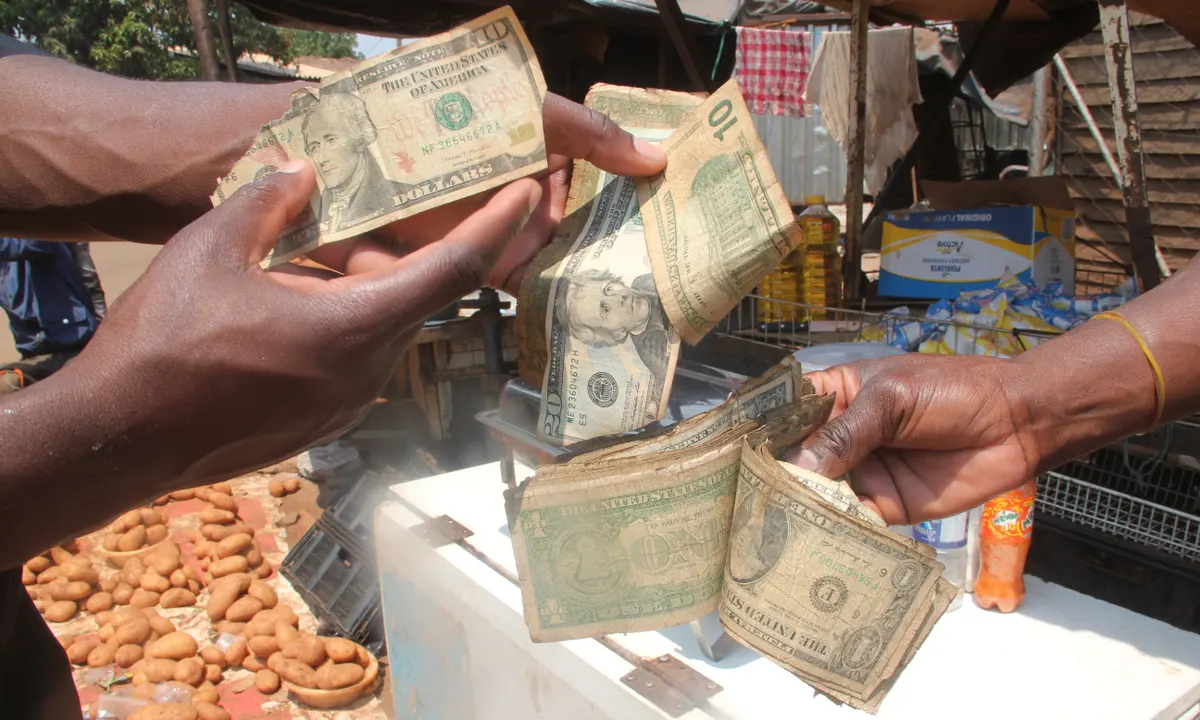- Money is a medium of exchange that is widely used and accepted in transactions of goods and services.
- It serves as a common unit of account, a store of value, and a standard of deferred payment.
- In Zimbabwe, like in many other countries, money plays a crucial role in the economy.
Evolution of Money:
- Historically, the use of money in Zimbabwe can be traced back to the 11th century when gold was used as a medium of exchange.
- However, with the arrival of Europeans in the 19th century, cowrie shells and other commodities were used as money.
- In the early 20th century, the British South Africa Company introduced paper money, and after Zimbabwe gained independence in 1980, the Reserve Bank of Zimbabwe became the country’s central bank and introduced the Zimbabwean dollar as the official currency.
- However, due to hyperinflation in the late 2000s, the Zimbabwean dollar was abandoned and the country now uses a multicurrency system that includes the US dollar, South African rand, and other currencies.
Functions of Money:
- Medium of Exchange: Money serves as a medium of exchange in Zimbabwe by facilitating the buying and selling of goods and services. For example, when a farmer sells his produce at the market, he receives money in exchange for his goods.
- Unit of Account: Money serves as a unit of account by providing a common measure of the value of goods and services. For example, prices of goods and services are quoted in Zimbabwean dollars or other currencies.
- Store of Value: Money serves as a store of value by enabling people to save their wealth in a liquid form. For example, people can save money in bank accounts or by purchasing assets like real estate or gold.
- Standard of Deferred Payment: Money serves as a standard of deferred payment by enabling people to settle their debts over time. For example, when someone takes out a loan, they agree to repay the loan with interest over a period of time.
- The key features of money are:
- Portability: Money should be easily transportable and divisible into smaller units without losing its value. For example, paper money and coins are easy to carry and can be used for transactions of various sizes.
- Durability: Money should be able to withstand wear and tear without losing its value. For example, paper money should be made of durable materials that do not tear easily.
- Uniformity: Money should be uniform in terms of its quality and design. This ensures that each unit of money is interchangeable and of equal value.
- Divisibility: Money should be easily divisible into smaller units to facilitate transactions of different sizes. For example, a dollar can be divided into 100 cents to enable smaller transactions.
- Limited Supply: Money should be in limited supply to maintain its value. If there is too much money in circulation, it can lead to inflation and reduce its value.
- Acceptability: Money should be widely accepted by people as a means of exchange. This requires trust in the currency and its issuer.
- Recognizability: Money should be easily recognizable to prevent counterfeiting and fraud. For example, paper money may have features such as watermarks and holograms to prevent counterfeiting.
Limitations of Money:
- Inflation: Money can lose its value over time due to inflation, which erodes the purchasing power of money. In Zimbabwe, hyperinflation in the late 2000s led to the collapse of the Zimbabwean dollar.
- Counterfeiting: Money can be counterfeited, which can lead to a loss of trust in the currency and reduce its value.
- Dependence on the Financial System: Money is dependent on the stability of the financial system. If the financial system is unstable, people may lose confidence in the currency and the economy may suffer.
- Limited Supply: The supply of money is limited, which can constrain economic growth and development. In Zimbabwe, the limited supply of foreign currency has led to shortages of goods and services.




